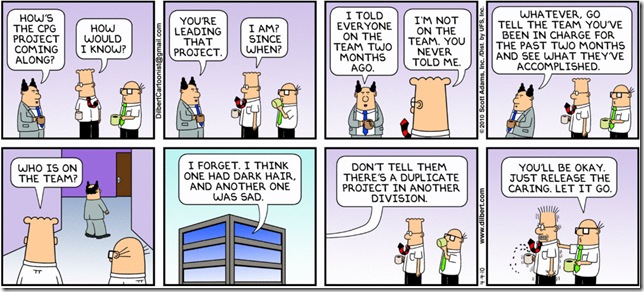Why Project Onboarding is Important

One of the most crucial times in a project lifecycle is during the Initiation stage - this is the time in between a project when the company has just won the project and when they are ready to start.
There have been times I’ve taken over as project manager without a proper onboarding and suddenly it’s a “sink or swim” kind of moment and I’ve had to find a way to stay afloat. So while this step in the process is often overlooked, if done, and done well, it can truly help in the success of the project. After many of these experiences, I’ve learned that that there are some key things that are important at the start of any project. While all would be ideal, realistically, having one or a few of these in place before entering the Planning Phase is recommended.
1. Project Charter:
It is considered best practice for every project to have a charter, however, most companies don’t tend do this normally. If it does exists, then you have the info you need to start the project properly. In many instances, I’ve found myself writing the Project Charter before the project begins so that the whole team is on the same page and it’s been a key artifact when conducting an internal kick off meeting. A Charter usually contains the following:
-
Project Purpose or Justification
-
Measurable Project Objectives and Success Criteria
-
High-Level Requirements
-
High-Level Project Description
-
High-Level Risks
-
Summary Milestone Schedule
-
Summary Budget
-
Project Approval or Success Requirements
-
Assigned Project Manager with Responsibilities and Authority Identified
-
Name and Authority of the Sponsor (signatory)
2. A Project Organizational Chart / Contact List:
Basically, your who’s who of the project. Who on my team will be delivering the work and is responsible for what? Who do I need to set up monthly checkpoints in or send a status report to? You should know all these answers before starting a project.
3. Introduction:
Seems simple enough, but a very important step! An introduction to the client and to your team is imperative before you head into Step 4. A proper introduction to both can help set the tone for the project.
4. Kick Off Meeting (Internal & External):
While an external kick off meeting is a necessity, having a quick internal kick off meeting to essentially review what’s in a typical Charter (whether it has been documented formally or not) can help everyone be on the same page while executing the project.
To avoid spending too much time on documentation, our PMO has created a Project Initiation Checklist - a one page document that we fill out at the start of every project and review internally to ensure that we are all on the same page. Our checklist includes answering the following questions:
1. Client Organization & Client POC
2. New or Existing Client
3. Type of Project:
Contract:
Practice Area
4. Project Length (client’s expectations of delivery timeframe)
5. #Billable Hours (for all roles)
6. Access to Project Documents
7. Statement of Work
8. Billing/Invoicing Process and Mailing Address
9. Reporting Process
10. Project Management: Agile or Waterfall Approach
11. Milestones/Deliverables
12. Resources assigned to the project
Again, as a Project Manager, a combination of conducting a few of the options above will help you get the projet started on the right foot. However, it's also necessary for those providing the information (Business Development Managers, Sales Leads, Practice Managers, Consultants, etc.) to understand the importance of transitioning the project properly to a Project Manager and make these steps a priority when starting any new project.
Happy Onboarding!

